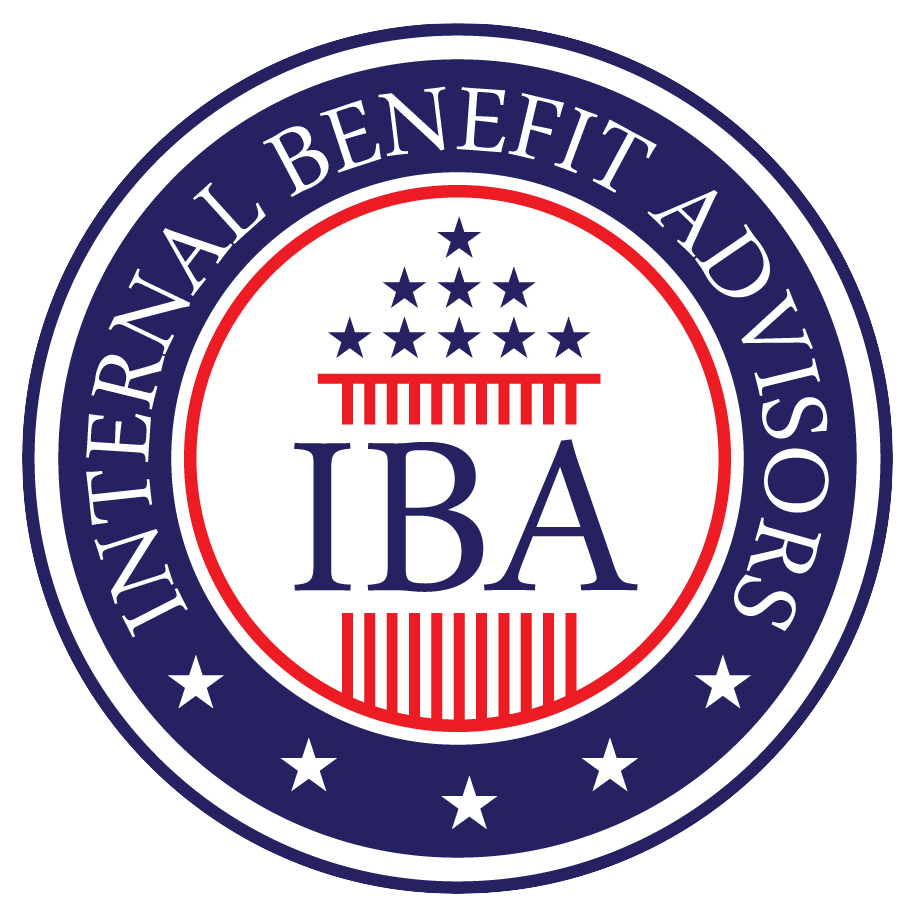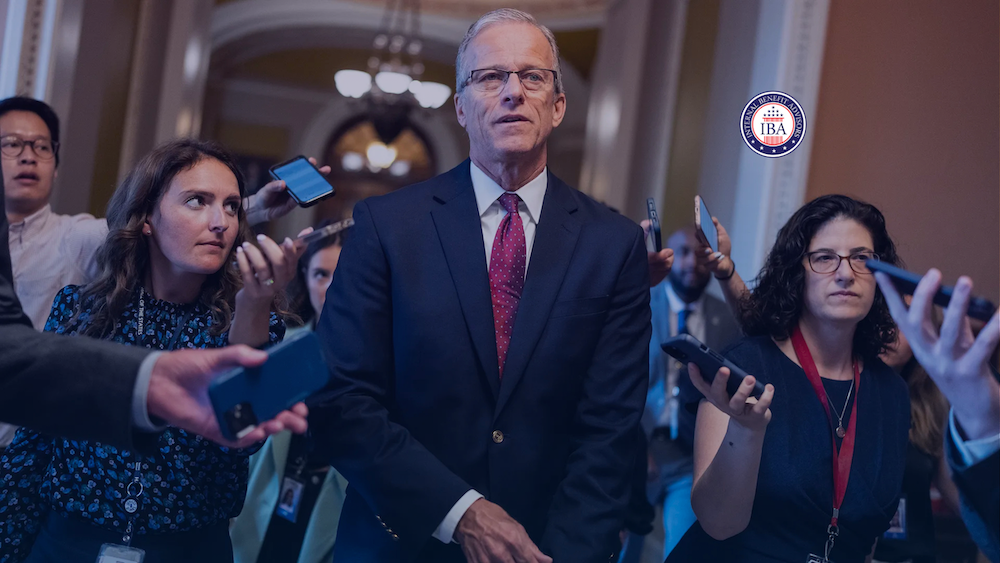Byrd Rule Threatens Federal Workforce Provisions: Critical Retirement Implications for Federal Employees
Proposed federal workplace reforms in the National Defense Authorization Act (NDAA) face potential elimination under Senate Byrd rule challenges (FedWeek). This legislative uncertainty creates significant retirement planning challenges for Federal Employees, making professional Federal Retirement Planning guidance essential to protect your benefits against potential policy shifts.
Key Provisions at Risk and Their Retirement Implications
| Provision | Retirement Impact | Byrd Rule Challenge Status |
|---|---|---|
| Probationary Period Extension | Could delay career ladder promotions affecting high-3 salary | Facing Byrd rule objections |
| Telework Reporting Requirements | Potential relocation impacts on locality pay calculations | Under scrutiny |
| Union Official Time Restrictions | Possible changes to grievance timelines during separation | Procedural hurdles |
| Disciplinary Procedures | Streamlined removals might accelerate retirement timelines | Likely to be stripped |
For Federal Employees, choosing a retirement date is one of the most impactful financial decisions you will make. It is far more than simply picking your last day of work; it’s a strategic choice that can directly influence the size of your final paycheck and the start date of your annuity payments. A difference of even a single day can cost you thousands of dollars.
Understanding the three key timing factors—your annuity start date, your annual leave payout, and your sick leave credit—is essential for maximizing your Retirement Benefits.
1. The Annuity Start Date: The “End of the Month” Rule
When your first pension check arrives is directly tied to the date you retire, and the rules are different for FERS and CSRS employees.
- For FERS Employees: Your annuity begins on the first day of the month after you retire. For example, if you retire on November 15, your annuity will not start until December 1. This means you would have no income from the 16th to the 30th of November. However, if you retire on November 30, your annuity still begins on December 1, creating a seamless income transition. The optimal strategy for FERS employees is almost always to retire on the last day of a month.
- For CSRS Employees: Your annuity begins the day after you retire. This provides more flexibility, but retiring at the end of a month or the end of a pay period still provides a clean administrative break.
2. Maximizing Your Annual Leave Payout: The “End of the Year” Strategy
When you retire, you receive a lump-sum payment for all of your unused annual leave hours. Strategic timing can significantly increase this payout.
- The “Use or Lose” Rule: Most federal employees can carry over a maximum of 240 hours of annual leave into a new year. Any hours above this limit are forfeited if not used.
- The Payout Maximization Strategy: The only time you can receive a payout for more than your 240-hour carryover limit is at retirement. By retiring at the very end of the leave year (which is typically in early January), your lump-sum payment will include your maximum carryover balance (e.g., 240 hours) plus all of the annual leave you accrued during that final year. This is the only way to get paid for your “use or lose” hours.
3. Turning Sick Leave into Service Time
Unlike annual leave, your unused sick leave is not paid out in a lump sum. Instead, it is converted into additional creditable service time, which permanently increases your FERS or CSRS annuity payment for the rest of your life.
- The Conversion Formula: OPM uses a 2,087-hour work year to convert sick leave into service time. Every hour you’ve saved contributes to this calculation. For example, if you have 2,087 hours of unused sick leave, a full year is added to your service time for the pension calculation.
- Every Hour Counts: Even partial amounts matter. Any leftover hours that don’t add up to a full year are converted into months and days of service. The closer you can get to a full-month increment, the more value you extract from your sick leave balance.
3 Critical Retirement Risks From Legislative Instability
1. Career Progression Disruptions
- Threat: Delayed promotions could:
- Reduce final high-3 salary by 5-15%
- Shorten TSP contribution timelines
- Impact FERS annuity calculations
- Expert Mitigation:
- Career ladder acceleration strategies
- Grade increase timing optimization
2. Accelerated Retirement Timelines
- Data Insight: 42% of federal employees facing workplace uncertainty retire earlier than planned (OPM 2023)
- Advisor Protection:
- Early retirement impact modeling
- Benefits bridge development
3. Benefits Knowledge Gaps
- Documentation Crisis:
- 68% of federal employees can’t identify Byrd-rule eligible provisions
- 73% misunderstand how probation changes affect retirement
- Professional Solution:
- Legislative change briefings
- Policy impact simulations
The Role of Expert Guidance
As you can see, the optimal retirement date is a complex calculation involving the calendar, pay periods, leave year-end dates, and your personal financial goals. A mistake in timing is a mistake you can’t undo.
This is where seeking external, expert advice becomes a powerful strategy. Financial professionals who specialize in Federal Benefits, like the advisors at Internal Benefit Advisors, can help you:
- Run precise calculations to identify the optimal retirement date that maximizes your lump-sum payout and minimizes any gap in pay.
- Project how different retirement dates will affect your high-3 salary and the total service time used in your pension calculation.
- Develop a holistic Federal Retirement Planning strategy that ensures all components of your benefits, including your Thrift Savings Plan (TSP), are aligned for a successful transition.
Ultimately, picking your retirement date is a critical financial decision. By understanding the rules and seeking professional guidance, you can ensure your federal career concludes with the maximum financial benefit you have earned.
Why Federal Retirement Advisors Are Essential During Policy Uncertainty
At Internal Benefit Advisors, we provide critical stability through legislative turbulence:
4-Pillar Legislative Protection System
- Policy Monitoring
- Daily tracking of Byrd rule challenges
- Impact analysis on individual benefits
- Contingency Planning
- “Policy-Proof” retirement date strategies
- High-3 salary preservation techniques
- Benefits Optimization
- TSP allocation adjustments for uncertainty
- FEHB transition planning
- Crisis Management
- Accelerated retirement processing
- Workforce reshaping defense
“With key provisions facing elimination, federal employees need advisors who understand both congressional procedure and retirement calculations. Generic planners miss these critical connections.” – Michael T., Federal Legislative Benefits Specialist
References:




